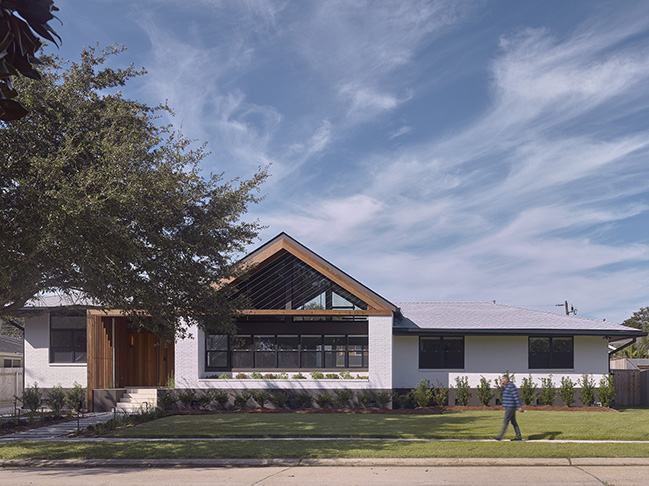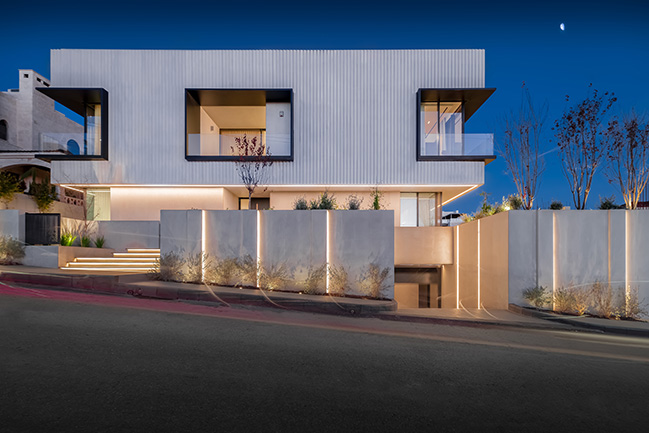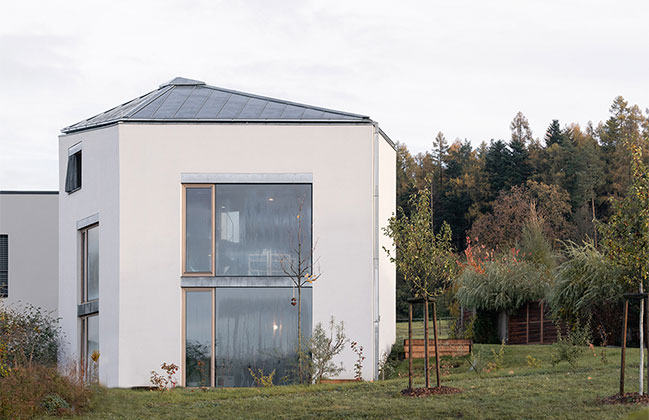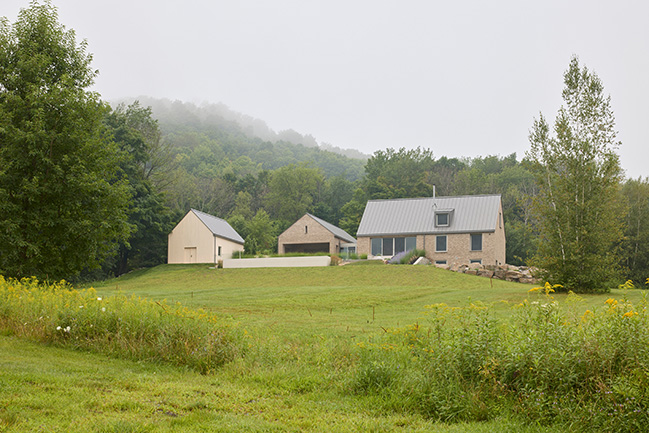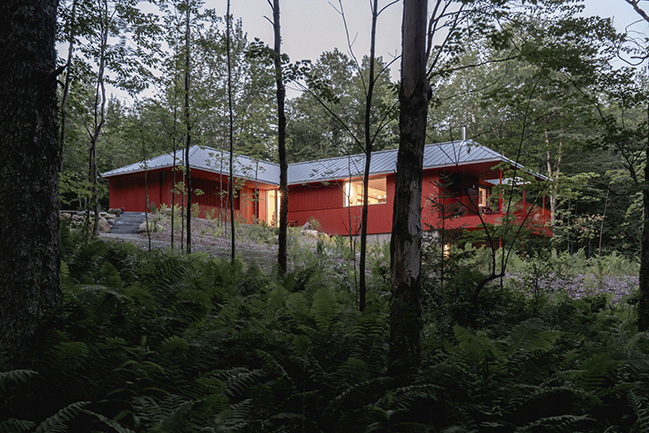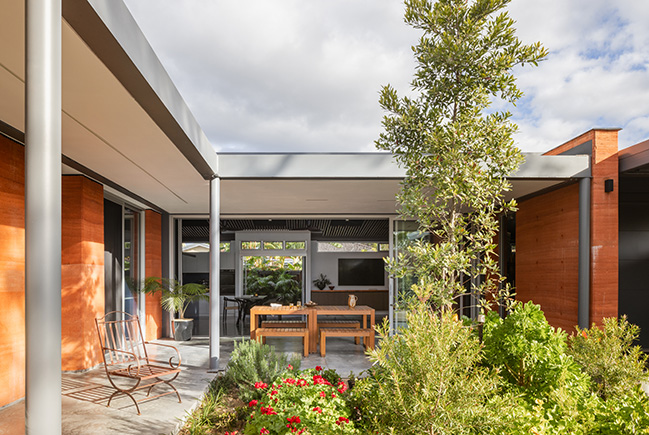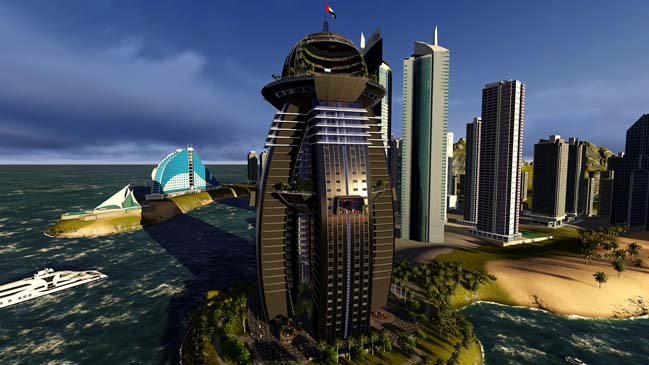11 / 08
2024
On Long Island’s East End, A New Residence Frames Views of Gardiners Bay. Imbued with geometric rigor, Frame House by Worrell Yeung offers a new take on Hamptons living...

> North Salem Farm by Worrell Yeung
> Lake House by Worrell Yeung
From the architect: Set on a bluff overlooking Gardiners Bay in East Hampton, New York, Frame House by Worrell Yeung eschews the traditional hallmarks of an East End property and creates something wholly unique for a client looking for an alternative way to enjoy the natural beauty of the region. The house is a study on a 2x2x7 grid structure in three dimensions, expressed through a steel frame that establishes the rhythm of the house on the interior and exterior.
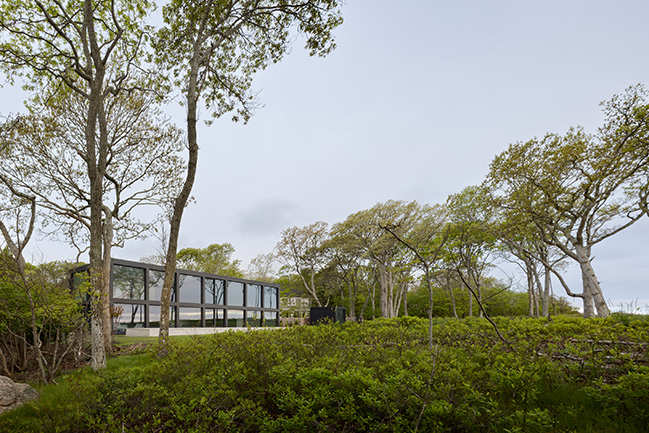
The client came to the project with a vision for a transparent glass house with a steel frame. Taking cues from iconic projects like Le Corbusier’s Domino House and the Edith Farnsworth House by Mies van der Rohe, Worrell Yeung sought to incorporate the client’s ambition while also providing the house’s future residents with a certain amount of privacy. The solution came about through the implementation of modularity within the eponymous frame that allows for the considered and calibrated placement of opaque walls responding to site, solar orientations, and interior functions.
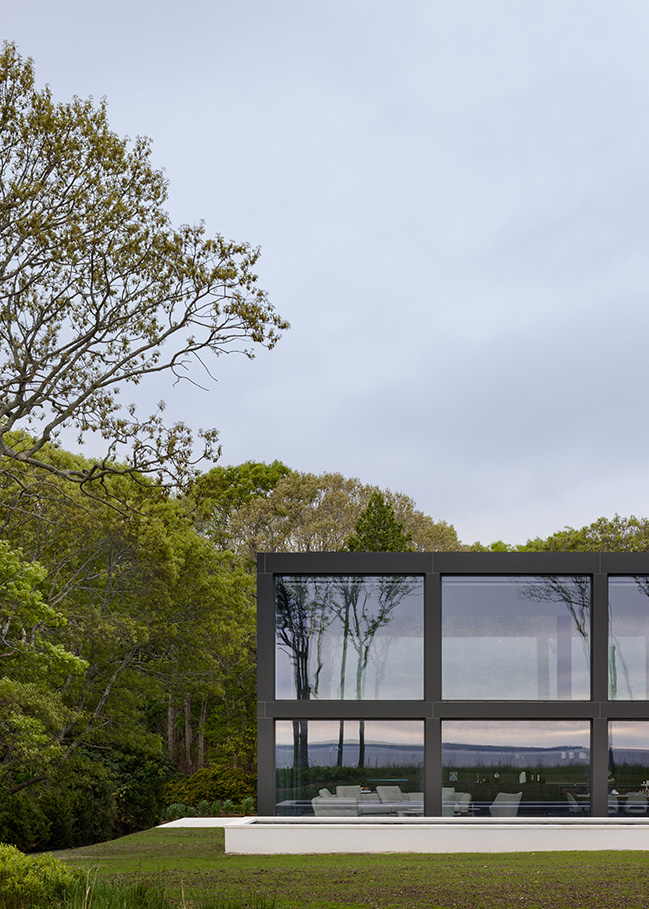
Solid stained cedar-clad walls fill portions of the frame to provide privacy on the street-facing side while large, glazed openings on the bay side maximize northern daylight connecting the interior with the surroundings grounds and expansive water views over the bluff’s edge. Drawing from conceptual artists like Sol LeWitt and minimalists like Agnes Martin, Worrell Yeung looked into the idea of a “frame” as a spatial abstraction, and used this as a jumping off point for the design.
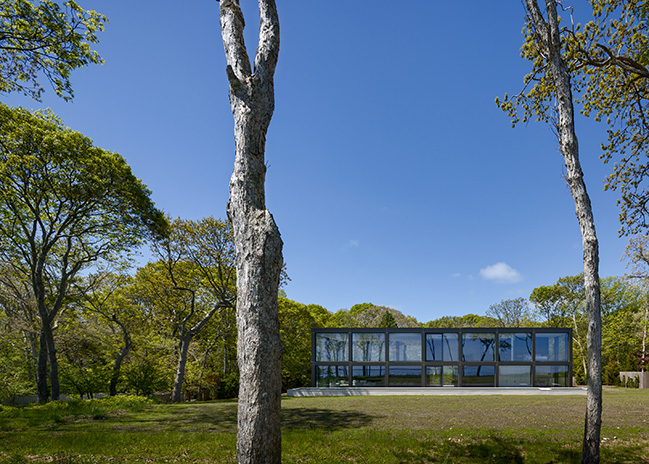
Visitors to the house approach via a gradually sloping stone stair at the driveway. Upon entry, one can immediately peer through the house past the glazed back facade, to the pool and out to the water views. From this foyer, a floating staircase and cedar-clad volume define the separation between public and private spaces. The entryway is intentionally cozy and compressed in scale to offer contrast before entering the living space.
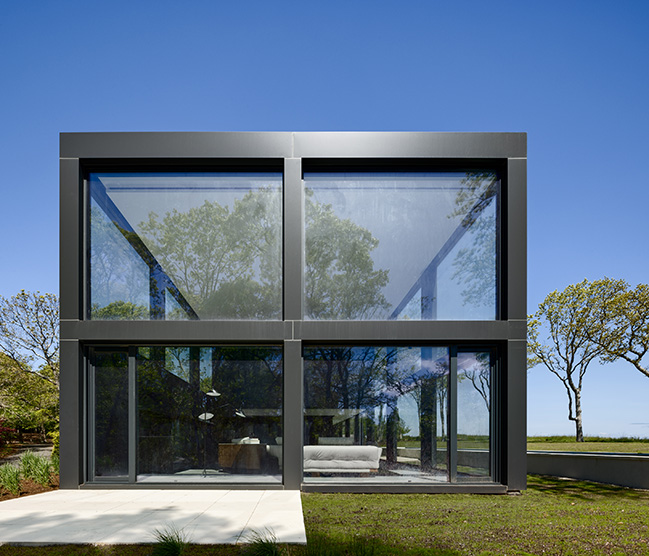
As one moves to the right, the rhythm of the structural grid opens into a voluminous double height living room, dining room and kitchen fully glazed on two sides, looking to the surrounding woods and, most prominently, the open view of Gardiners Bay. Above the kitchen, large glazed openings act as a clerestory and flood the space with diffuse natural light, framing views of the surrounding treetops.
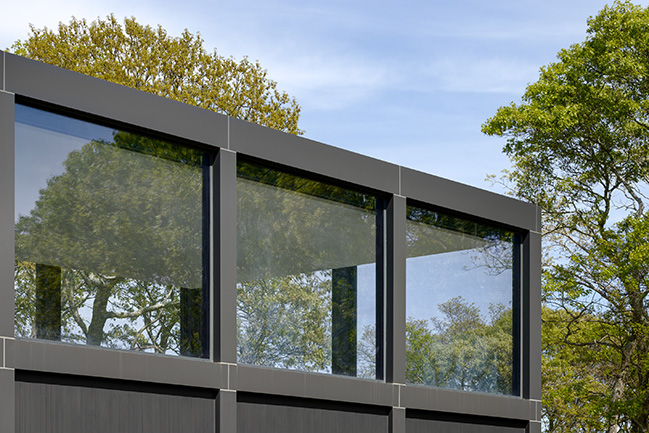
Left from the entryway, two bedrooms with en-suite bathrooms occupy the opposite end of the lower level and offer direct connection to the landscape. All rooms are laid out to maximize engagement with the picturesque site and capitalize on views to the water.
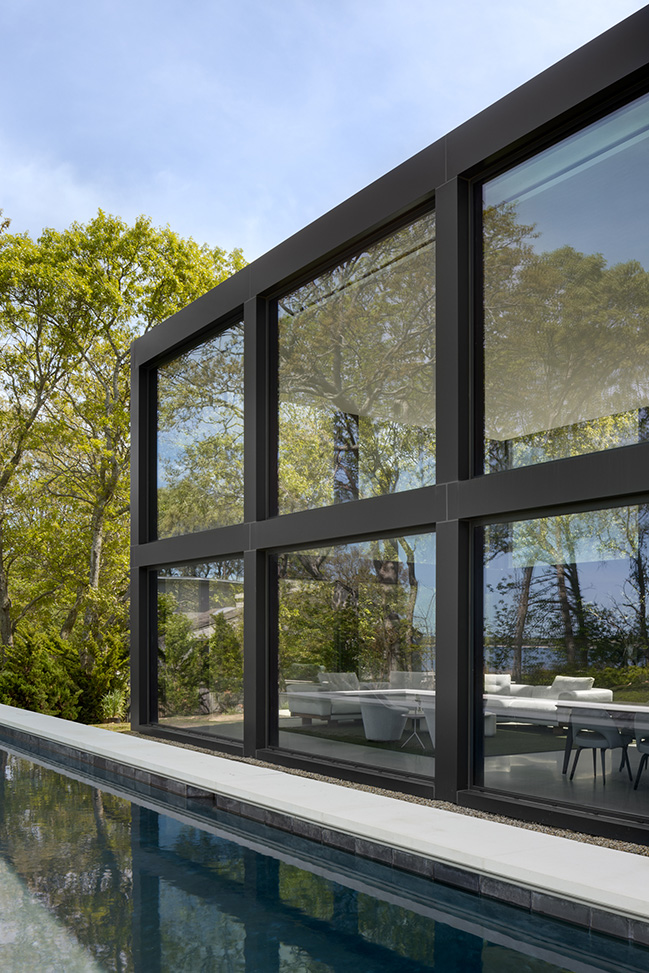
Up the stairs, a small library on the landing yields to the primary suite. This primary bedroom and ensuite bathroom both look out to the water beyond. A sculptural, custom concrete floating tub is placed in the center of the bathroom, while a steam shower is available behind. A second flex room upstairs can function as a home office or guest suite, with a small internal window that peeks into the double height living space below.

A restrained material palette keeps fuss to a minimum. In the social spaces, poured concrete floors offset the steel clad frame columns and 12’x9’. In the bedrooms, wood floors replace concrete, but stay true to the minimalist intent of the design. In the powder room and primary bathroom, a marble stone that recalls travertine is deployed on the floors. This subdued palette is echoed on the exterior, in which the black clad frame and stained cedar columns modulate to indicate levels of visibility and privacy on the facade.
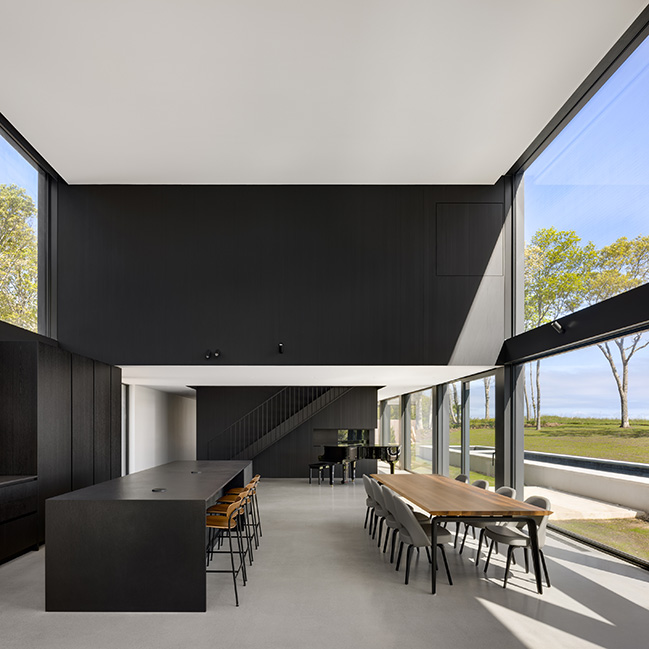
Outside, a pool runs the length of the house, surrounded by native grasses and accessed via a small concrete pad aligned to the center “frame” of the house. Not far from the pool, a small enclosed structure serves as a pool house, sized as a single frame or “the frame that got away” from the main structure. The natural slope of the surrounding grade is retained and is subtly registered against the house and swimming pool lengths. As the site slopes toward the street, the landscape reveals an embedded carport at the cellar level carved into unmanicured native vegetation.
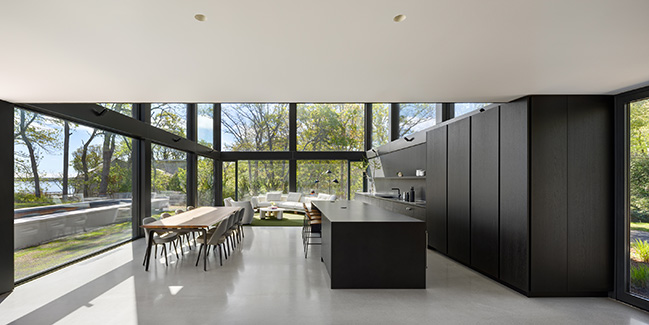
Worrell Yeung implemented sustainable systems on the flat roof plane, including photovoltaic panels and planted sedum trays to absorb rain water. The steel frame structure is finished with Alpolic composite aluminum panels that have a high post consumer recycled metal content, are low VOC and are 100% recyclable.
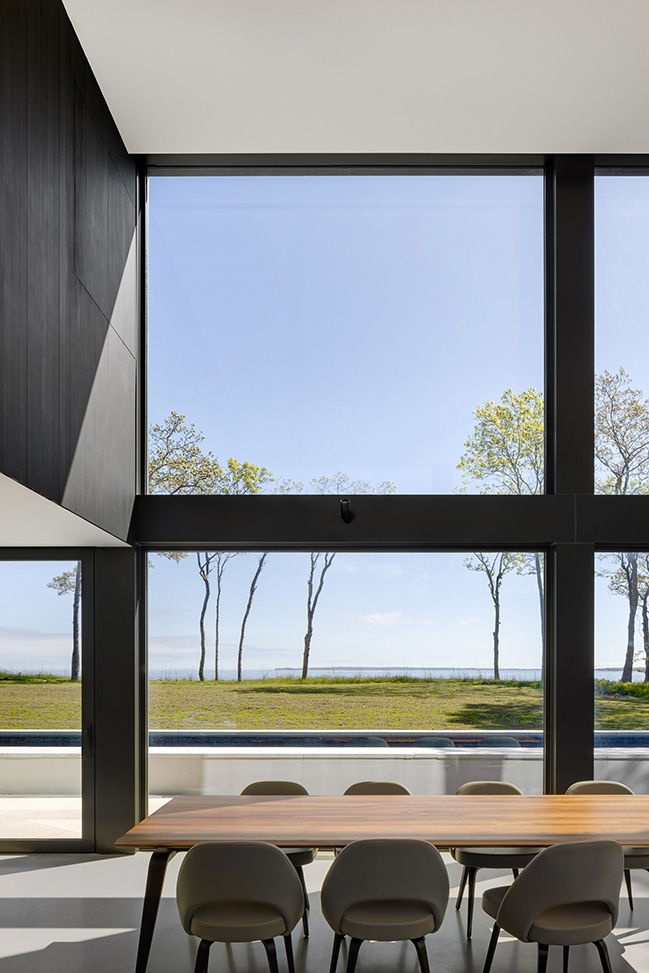
Architect: Worrell Yeung
Location: East Hampton, New York
Year: 2024
Size: 6,400 sq.ft.
Design Team: Jejon Yeung, Max Worrell, Yunchao Le
Structural Engineer: Silman
Civil Engineer: P.W. Grosser Consulting, Inc.
Mechanical Engineer: Kolb Mechanical
Photography: Rafael Gamo
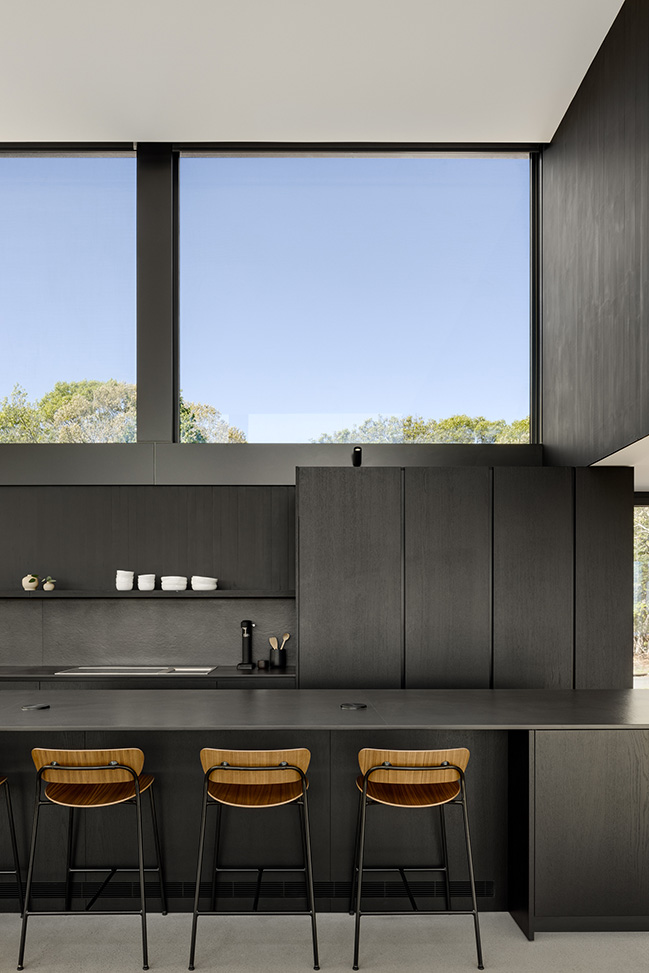
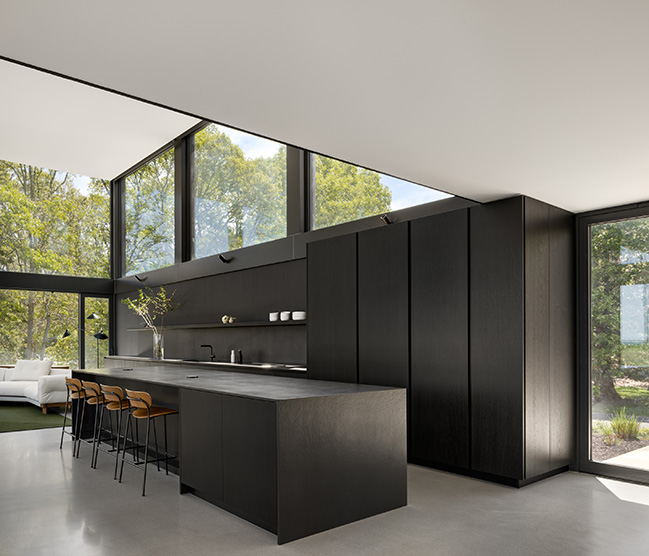
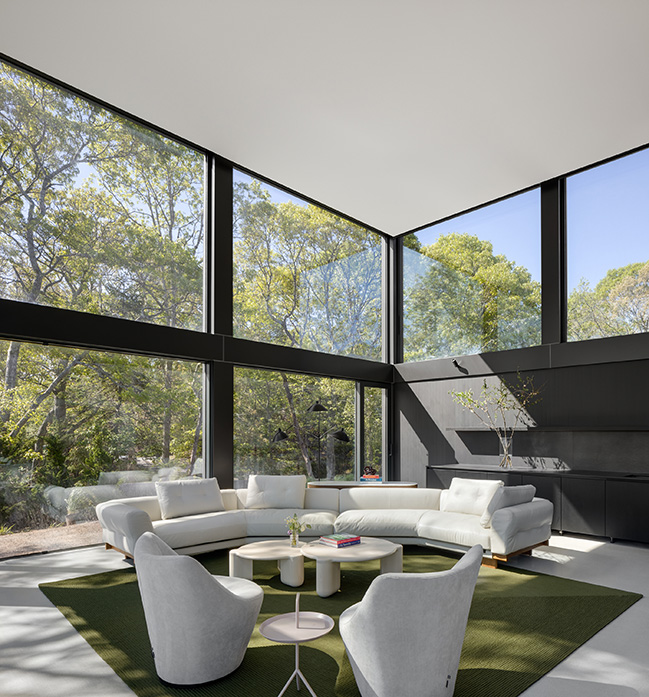
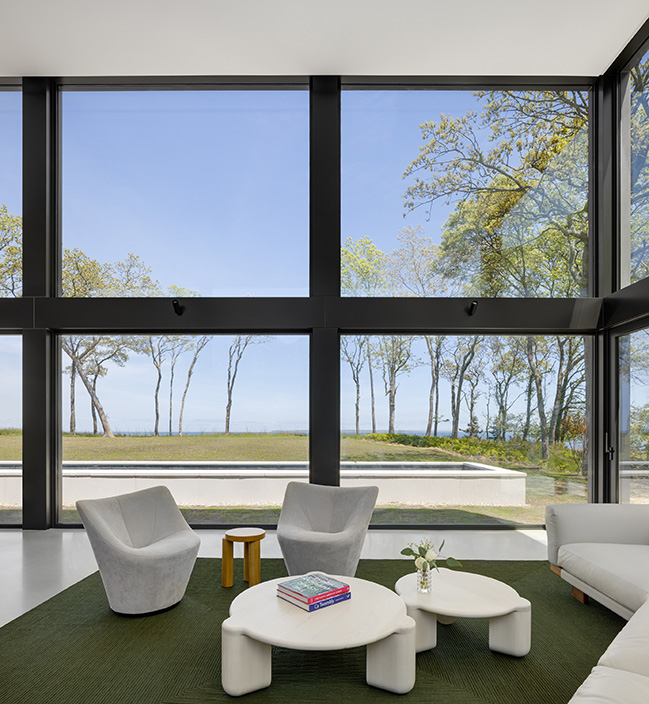
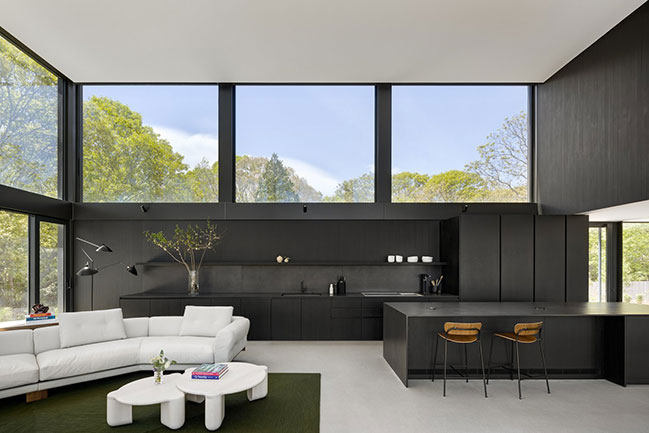
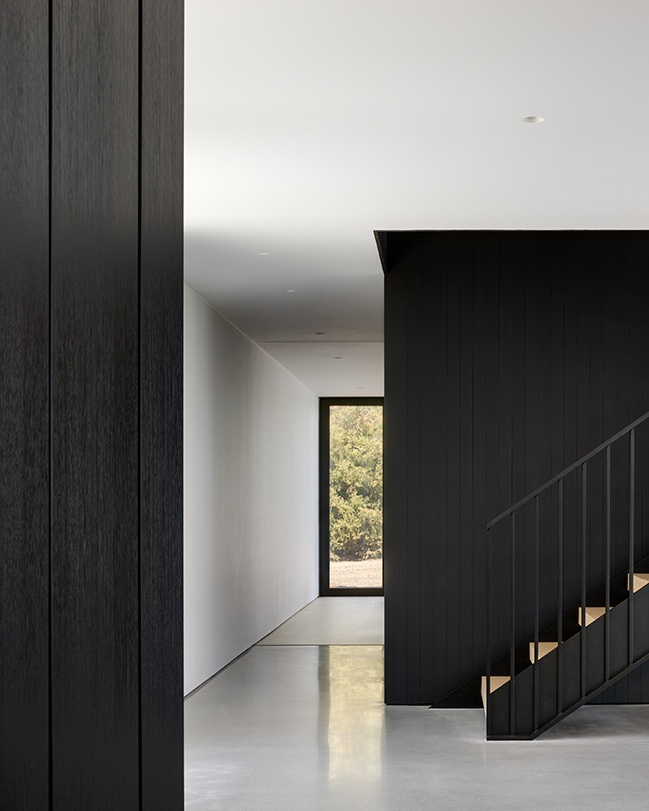

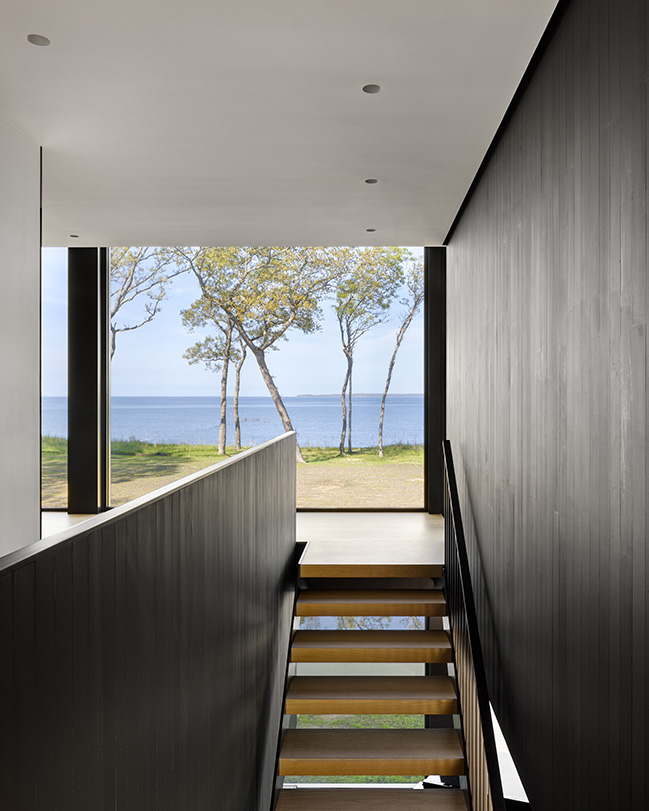

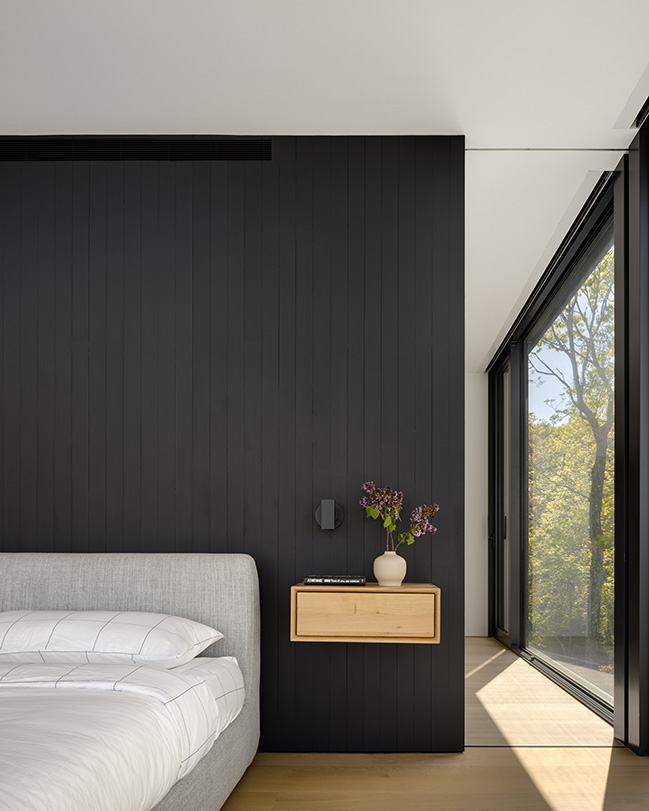

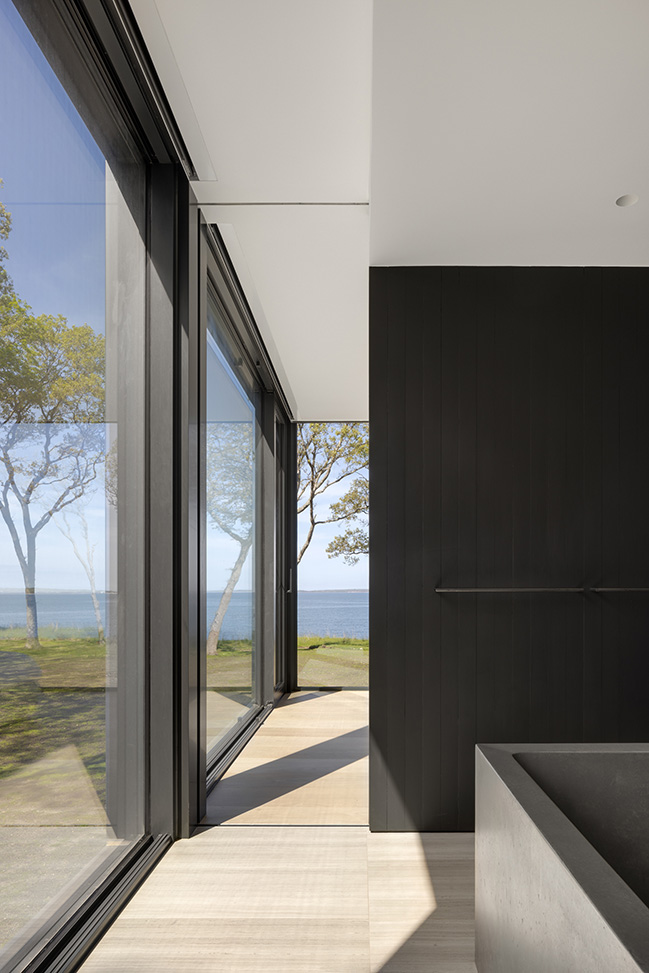
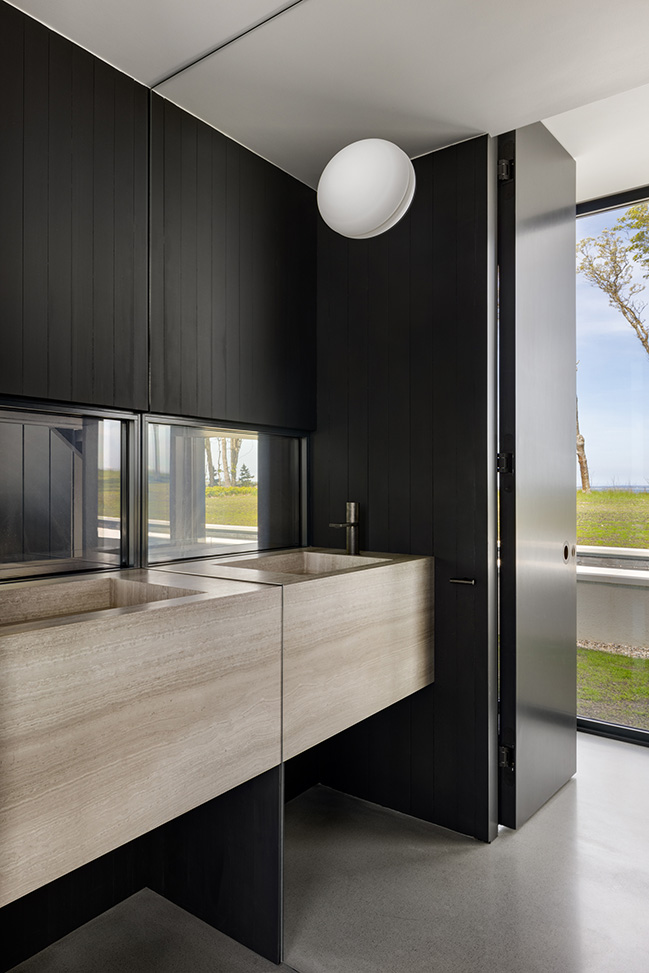
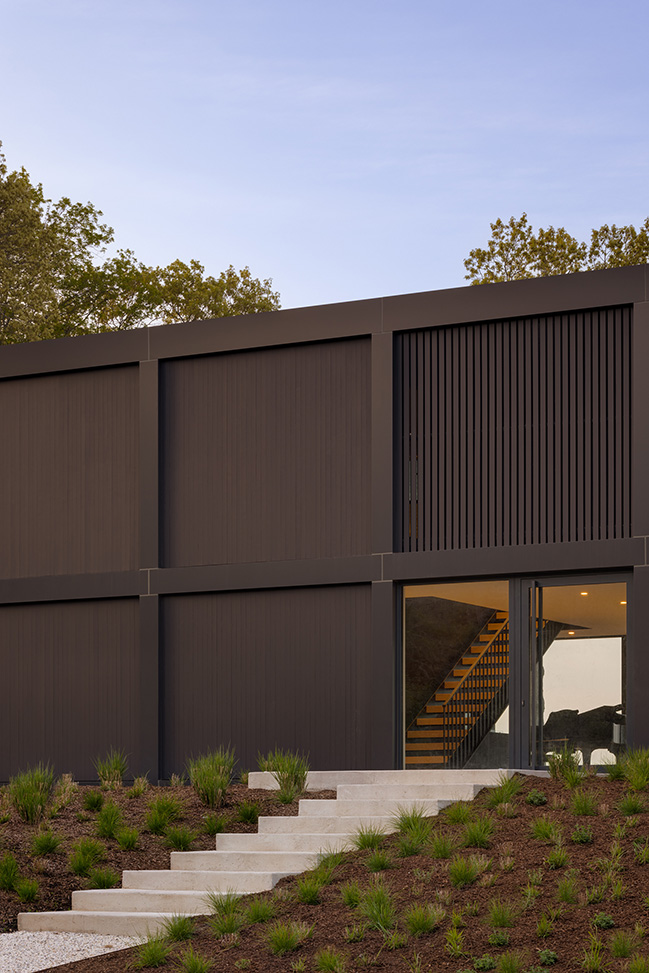
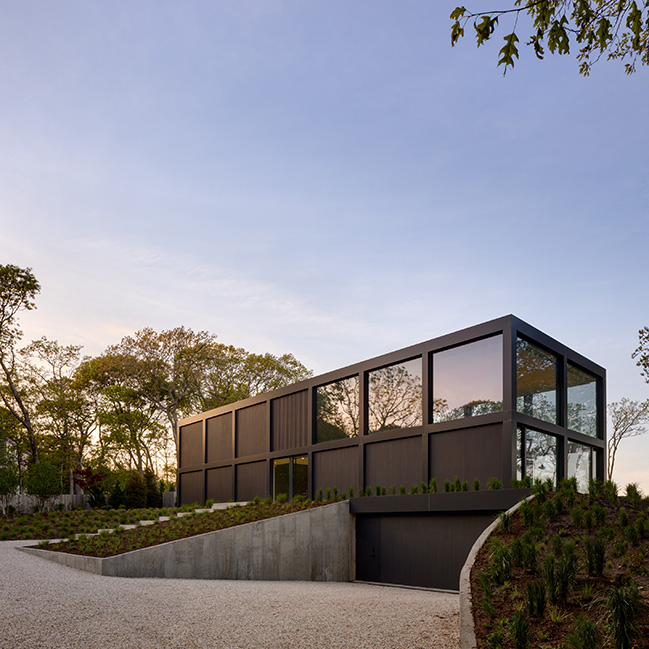
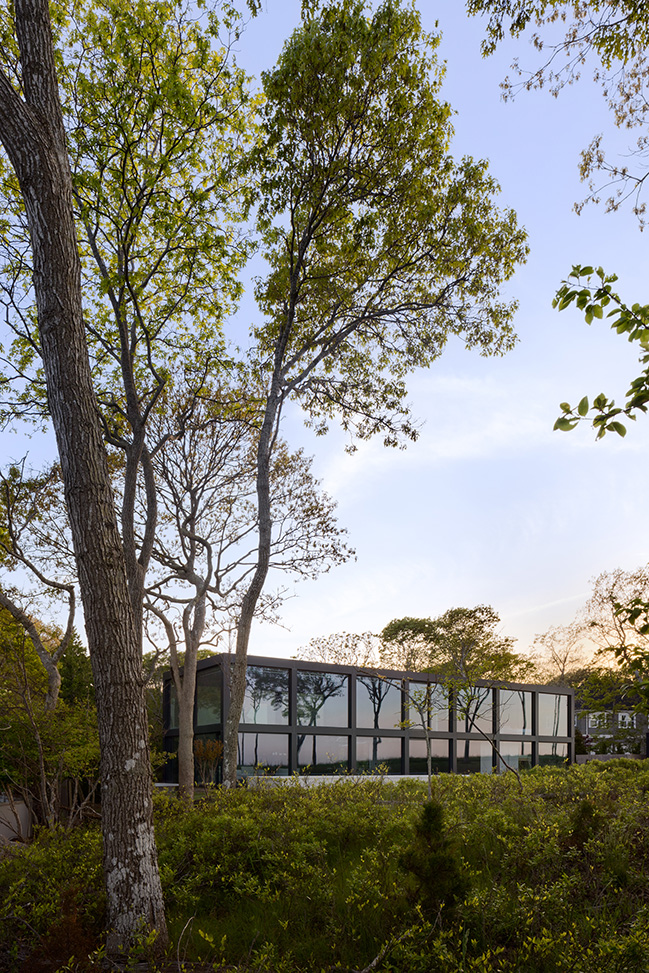
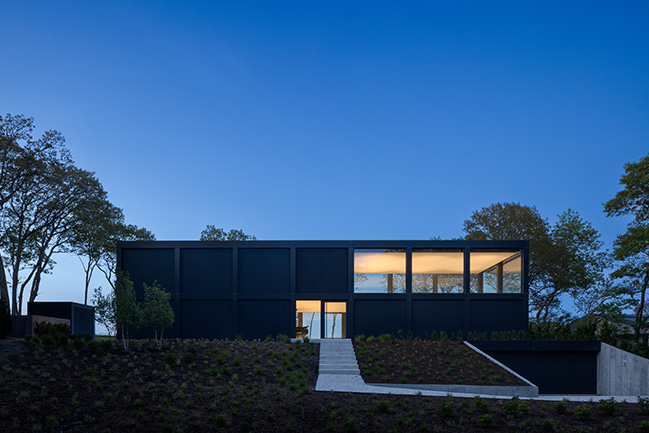
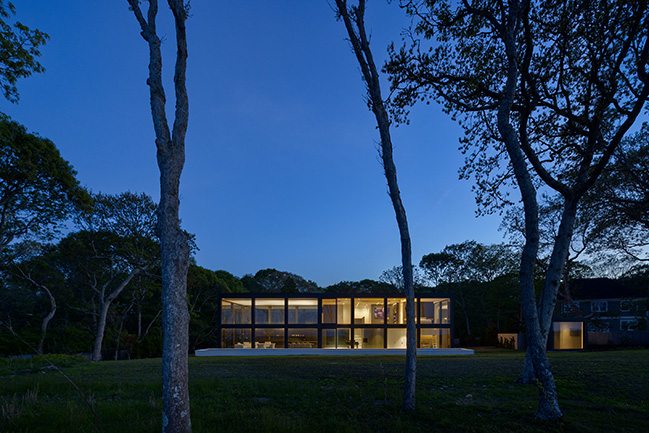

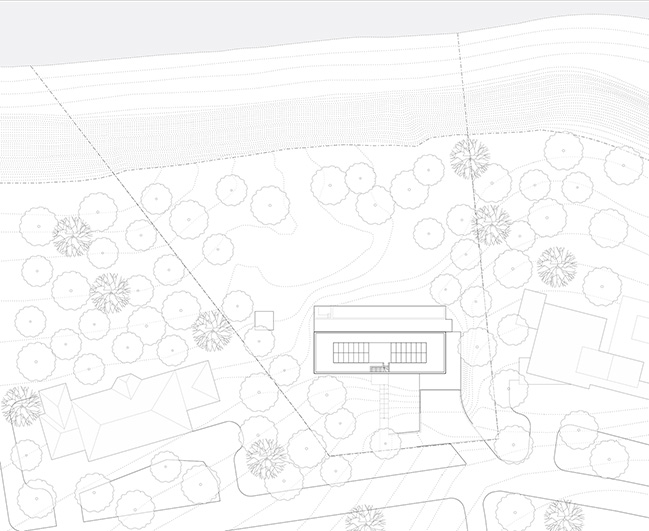
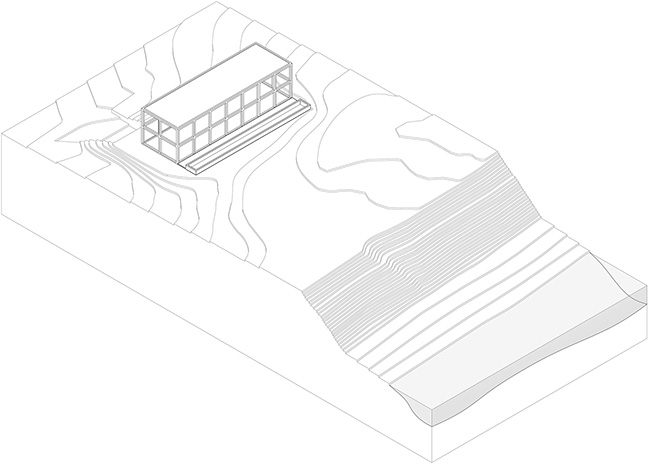

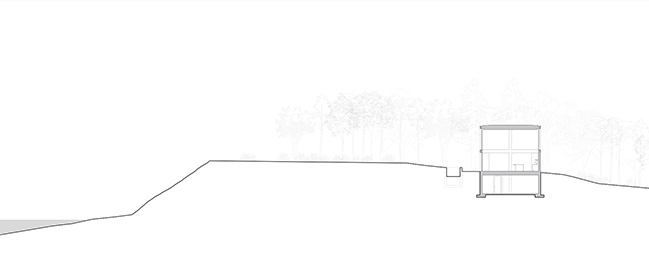




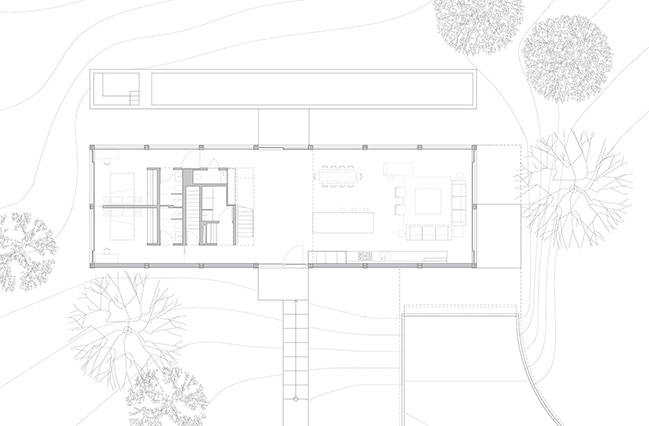
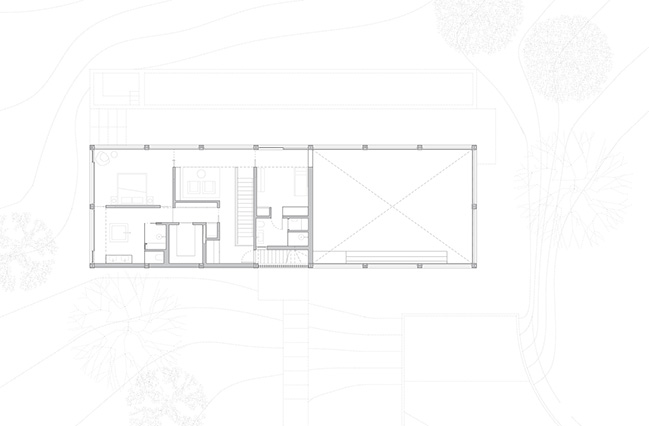
Frame House by Worrell Yeung
11 / 08 / 2024 On Long Island's East End, A New Residence Frames Views of Gardiners Bay. Imbued with geometric rigor, Frame House by Worrell Yeung offers a new take on Hamptons living...
You might also like:
Recommended post: Black tower concept with twin tropical rain forest atriums
